Seleccione este tipo de licencia cuando esté desarrollando una aplicación app para iOS, Android o Windows Phone, y vaya a incrustar el archivo en el código de su aplicación móvil. va a incrustar el archivo fuente en el código de su aplicación móvil.
Red Amaretto
por Paweł Burgiel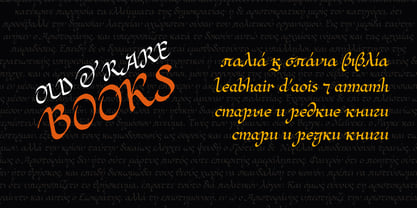
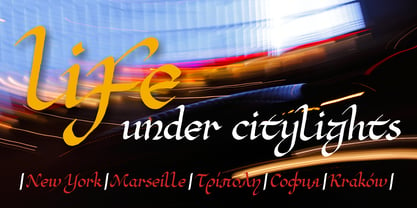
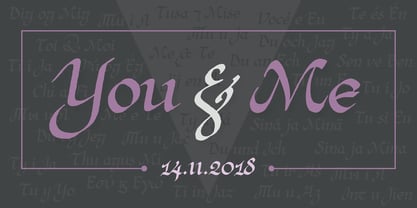
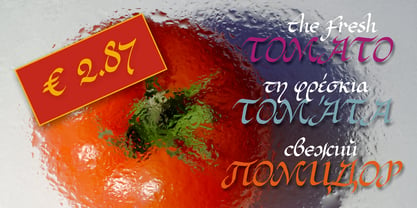
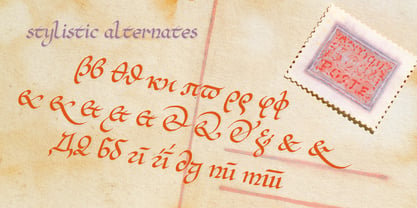
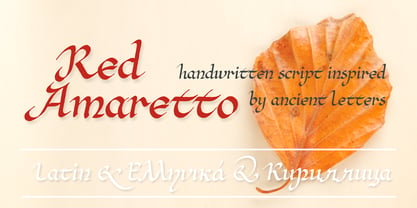
Sobre la familia Red Amaretto Fuente
Red Amaretto es un tipo de letra con influencias de diferentes estilos de escritura antiguos. Todos los caracteres están escritos a mano con tinta y pluma plana sobre papel grueso, escaneados, digitalizados y optimizados para obtener la mejor calidad sin perder su aspecto visual manuscrito. Los bordes de los glifos gruesos son fácilmente visibles en tamaños medios y superiores. El juego de caracteres admite todas las lenguas oficiales y semioficiales de la Unión Europea escritas en alfabeto latino, cirílico y griego. Páginas de códigos compatibles: 1250 Europa Central (Oriental), 1251 Cirílico, 1252 Occidental (ANSI), 1253 Griego, 1254 Turco, 1257 Báltico. Incluye también caracteres de espaciado (M/1, M/2, M/3, M/4, M/6, fino, pelo, espacio de anchura cero, etc.) para un formateado profesional del texto. El archivo OpenType TrueType TTF (.ttf) fuente incluye las características OpenType instaladas: Acceso a todas las alternativas, Formas localizadas, Fracciones, Fracciones alternativas, Ordinales, Superíndice, Figuras tabulares, Figuras proporcionales, Formas sensibles a mayúsculas y minúsculas, Alternativas estilísticas, Alternativas contextuales, Conjunto estilístico 1, Conjunto estilístico 2, Ligaduras contextuales. Incluye también el interletraje como tabla "kern" única para lograr la máxima compatibilidad posible con software más antiguo.
Diseñadores: Paweł Burgiel
Editorial: Paweł Burgiel
Fundición: Paweł Burgiel
Propietario del diseño: Paweł Burgiel
MyFonts debut: 22 de agosto de 2018
Acerca de Paweł Burgiel
Esta es la fundición personal del diseñador polaco Paweł Burgiel.
Seguir leyendo
Leer menos